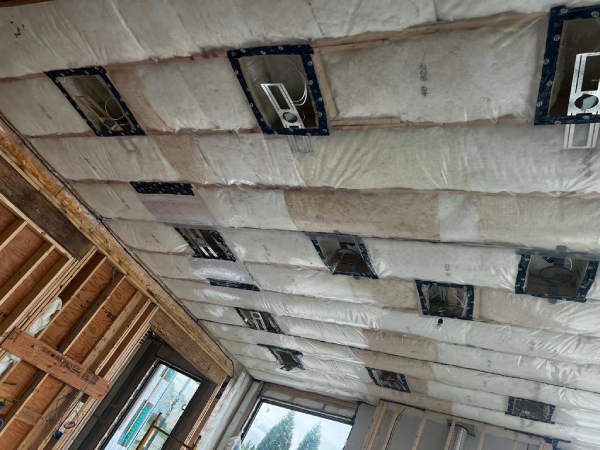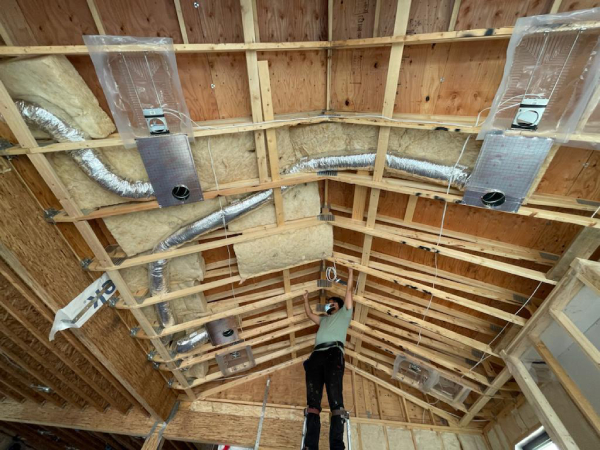
Batt Insulation
Unveiling Batt Insulation's Benefits and Usability
Insulation is essential for a warm, energy-efficient house. Batt insulation is popular and flexible.
Batt insulation explained:
Batt or blanket insulation comes in pre-cut panels or rolls. Usually constructed of fiberglass or mineral wool, it fits between wall, floor, and ceiling frame members. This insulation is called "batt" because it is blanket-like and easy to handle and install.
Batt insulation benefits:
Cost-effective: Batt insulation is cost-effective, which is a major benefit. For budget-conscious households, batt insulation is cheaper than other forms.
Installation: Batt insulation is popular among DIY enthusiasts and experts due to its easy installation process. Installation requires less cutting and customization because the pre-cut panels or rolls suit common framing specifications.
Versatile: Batt insulation can be utilized in walls, floors, and ceilings of a building. It can be used for new construction or retrofitting, giving homeowners versatility in insulation demands.
Thermal Performance: Batt insulation effectively regulates indoor temperatures and helps boost energy efficiency. It keeps temperatures comfortable year-round by resisting heat transfer.
Soundproofing: Besides thermal benefits, batt insulation also offers sound absorption. It's great for calmer living spaces because it reduces airborne noise.
Fire Resistance: Batt insulation materials provide fire-resistant additives, improving building structure fire resistance. Fire prevention is enhanced by this critical element.
Environment friendly: Eco-friendly batt insulation choices are available for homes with environmental concerns. Fiberglass batts are inert and safe, and some manufacturers use recycled materials.

Measure and Plan: Accurate measurements of desired insulation spaces are crucial before installation. Dimension walls, floors, and ceilings and arrange for doors and windows. This ensures you get enough batt insulation and reduces waste.
Protective gear: While batt insulation is generally safe to handle, it's recommended to utilize protection clothing during installation. Gloves, long-sleeved shirts, jeans, and safety glasses. These procedures prevent skin irritation and insulation allergies.
Cutting and Trimming: Batt insulation panels typically fit standard frames, but may require changes for corners, outlets, or other impediments. With a utility knife or insulation cutter, trim the batts to size. Keep it snug to optimize insulation.
Installation Between Studs or Joists: Batt insulation is commonly installed alongside wall, floor, or ceiling framing members. Make sure the batts are snug between the studs or joists to avoid gaps or compression that could reduce insulation.
Placement of Vapor Barriers: For moisture prevention in particular regions or applications. To avoid condensation, place the vapor barrier on the warm side of the insulation.
Sealing gaps: Before installing batt insulation, seal any gaps or openings around windows, doors, or other penetrations to significantly increase energy efficiency. Apply caulk or weatherstripping to seal air leaks.
Batt insulation improves house comfort and energy efficiency because to its affordability, ease of installation, and versatility. Batt insulation provides comfort and makes life more sustainable and pleasurable, whether you're building or renovating. Make your home cozy and energy-efficient with batt insulation's simplicity and efficacy.
© 2023 H&S Insulation. All Rights Reserved Design by Stratwit Solutions Ltd.
